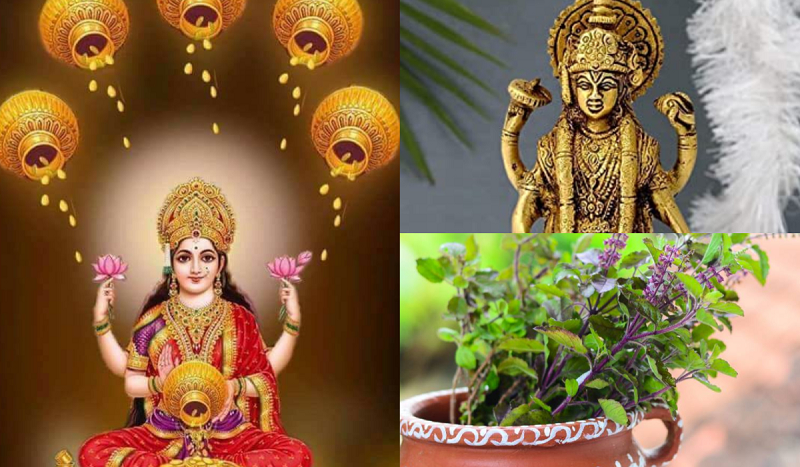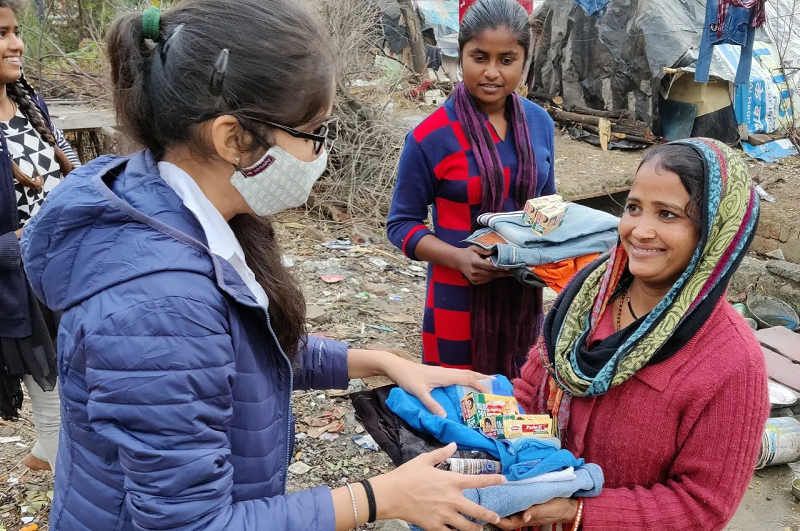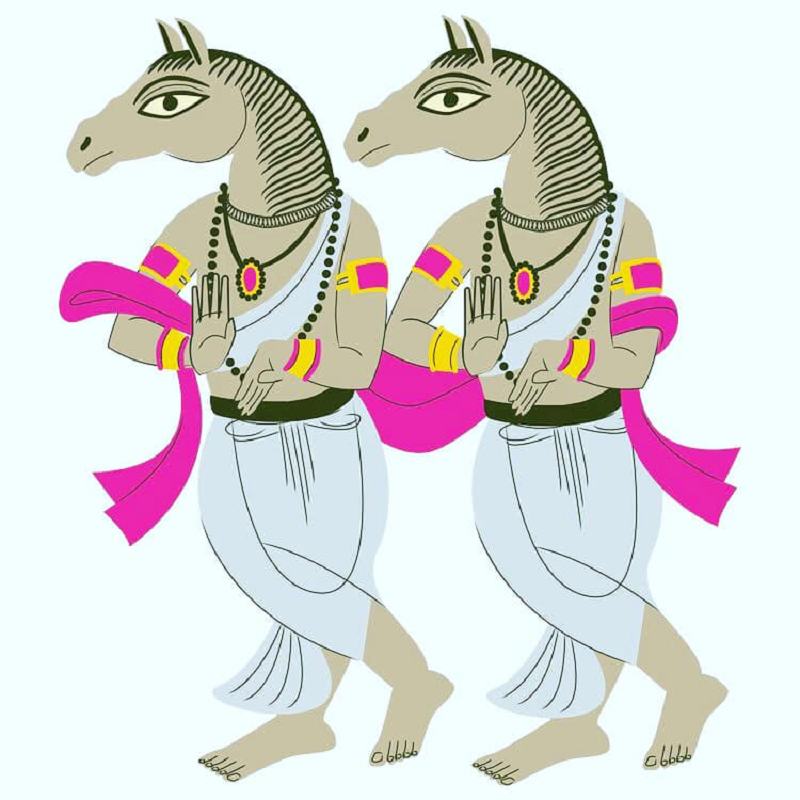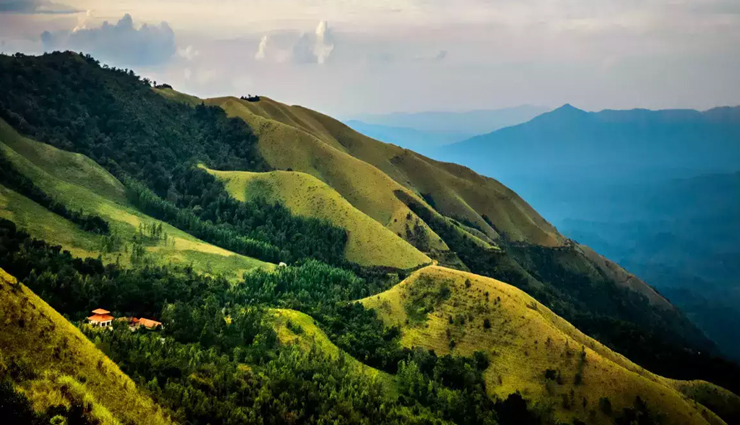Talking about natural beauty, many areas in the country attract the attention of foreign tourists not only the country but also. Assam is one such place. It is a beautiful state to adorn the Himalayan hills. But do you know that apart from natural beauty, the festivals of Assam also become an attraction here? It has always been a cultural center place which has been going on since the early human era. Most of the festivals celebrated in Assam reflect a sense of harmony and solidarity in the diverse faith and belief of its inhabitants. If you are also planning to come to Assam, then you must enjoy these festivals.

Bihu
Although many festivals are celebrated in the state of Assam, without Bihu, the discussion of festivals celebrated in the state of Assam will remain incomplete. Bihu is the most popular and famous festival of the state of Assam, which is why it has also received the status of a state festival of the state. This festival is celebrated at different times by three different names. Bohag Bihu is celebrated every year in April and with this, the Assamese year also starts. Kati or Kongali Bihu is celebrated every year on the first day of Kartik month. Hence it is known as Kati Bihu. Magh Bihu or Bhogali Bihu is celebrated every year according to the Hindu calendar in the month of Magh and according to the Gregorian calendar. This festival works amazingly in bringing the people of Assam as a unit together.
Karam Puja
Karam Puja, also known as Karama Puja, is one of the most important and widely celebrated festivals of tribal communities living in different parts of Eastern India but also in different parts of Eastern India. According to the Hindu calendar, this festival occurs during the Bhado season which is the 11th day of the full moon and is known as Bhado Ekadashi. This festival usually occurs during the months of mid-August or September and it is the time that Assamese tribal people wait. They worship the Karam tree and seek his blessings as a part of the ritual by performing various dances and singing songs of praise. This festival is green and environmentally friendly in its way.
Bashagu
This festival is celebrated with great pomp and enthusiasm in Assam. This festival is usually celebrated by the 'Boro Kacharis' tribe of Assam and is a famous festival of Boros. Famous for its innumerable colors and gaiety, 'Bishagu' is generally observed by Bodo Qijachar in mid -April. It is the favorite festival of the Bodo tribe. Bodo people also celebrate it as a spring festival on the arrival of the New Year. Many traditional musical instruments are used in this festival of Bishagu. Such musical instruments are Khwabang, Jotha, Gogona, Sifung, Kham, etc. At the end of this Bishagu festival of Assam, Assamese people gather at a specified place for community prayer, called "Garjasali" in the Assamese language.
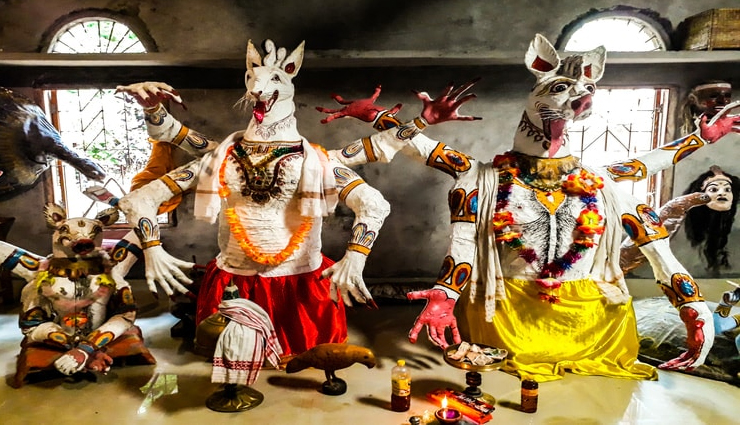
Majuli Festival
The Majuli festival is also the most special among all the festivals celebrated in Assam. Majuli is located near Jorhat Town in the east, about 350 km from Guwahati, the largest city in the state of Assam. It is the largest island in the world built on the Brahmaputra River. Recently Majuli has been recognized as a district in the state of Assam. Majuli Festival is organized on this island every year between the 21st to 24th of November. It is a cultural festival that includes tribal people of Majuli Island as well as people from all over the state of Assam. Various cultural genres are staged in this festival. Various types of regional products are also kept for sale at Majuli Festival. The history of the Majuli Festival is very old, which has been celebrated by the tribal people here since the 16th century. Here only earthen utensils are made of utensils made in the Harappan era, which have a special attraction in the Majuli festival.
Ambubachi Festival
Kamakhya Devi Temple is one of the most prestigious Devi temples in Guwahati in Assam; Ambubachi is a major festival to be held in this temple. This festival, celebrated with great enthusiasm and enthusiasm, is usually prescribed for the monsoon season every year. It is a very vibrant and unique festival that lasts for 4 days and includes various other cultures as well as various rituals such as tantric practices. The first 3 -day festival shows that Goddess Kamakhya goes through her menstrual cycle. This is also the time when devotees follow strict sanctions such as cooking or not bathing. The idol of the goddess is cleaned with milk and water, and new clothes are worn.
Tea festival
The state of Assam is famous for its tea all over the world. A large amount of tea is not only produced here but at the same time, the best quality tea in the world is also produced here. Keeping this in mind, 'Tea Mahotsav' is organized here by the Ministry of Tourism of Assam's Tourism in November of every year. This festival includes tea scientists from all over the world along with many people and adorns this festival. Tea festival This center is the Jorhat region of the state of Assam where large areas of tea production are located. Various exhibitions are also organized during this festival where some of the best varieties of tea are presented to people.
Dehing Patkai Festival
If you are wondering which festival reflects the beautiful cultural heritage of Assam, then you should be a part of the impeccable Dehing Patkai festival once a year. This festival is always celebrated in January in the Tinsukia district and is one of the rare festivals that are enthusiastically supported and organized by the Government of Assam. The festival attracts a large number of tourists from all over the world due to its festive values as well as various adventure games organized by them, including fishing, parasailing, and paragliding. The message of the festival is that it is not only about the celebrations of fun; It also shares the message of preserving the species of elephants in the North East.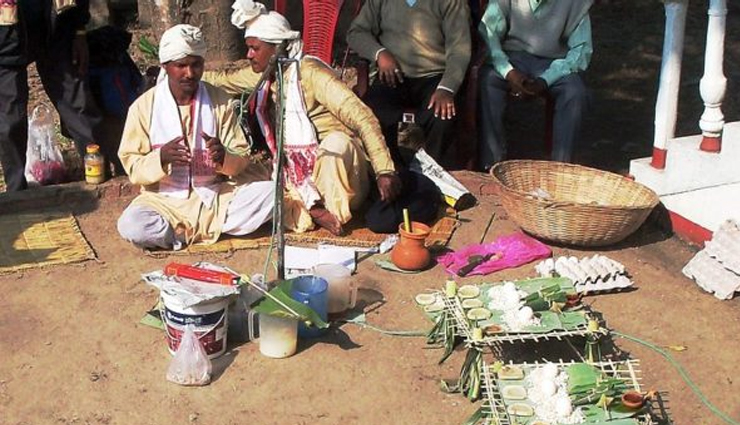
Me-Dam-Mi-F
The most important Ahom festival which is worthy of mention is Me-Dam-Mi-F, that is, the festival of worship of ancestors which is celebrated by the entire Ahom community. This is done every year on 31 January and helps to develop social interaction and community sentiments among people. On this occasion, colorful processions are also taken out with devotees in traditional costumes. It is believed that if Mi-Dam-Mi-Fi is not celebrated traditionally, the gods will be unhappy and as a result, political rivalry and internal discord in the state, increasing activities of extremism, and natural upheaval like floods Will be born. Earthquake results in the loss of human life and property as a result. Therefore, the performance of Me-Dam-Mi-Fi is necessary in the interest of the overall welfare of the people and society.
(PC: Lifeberrys)


